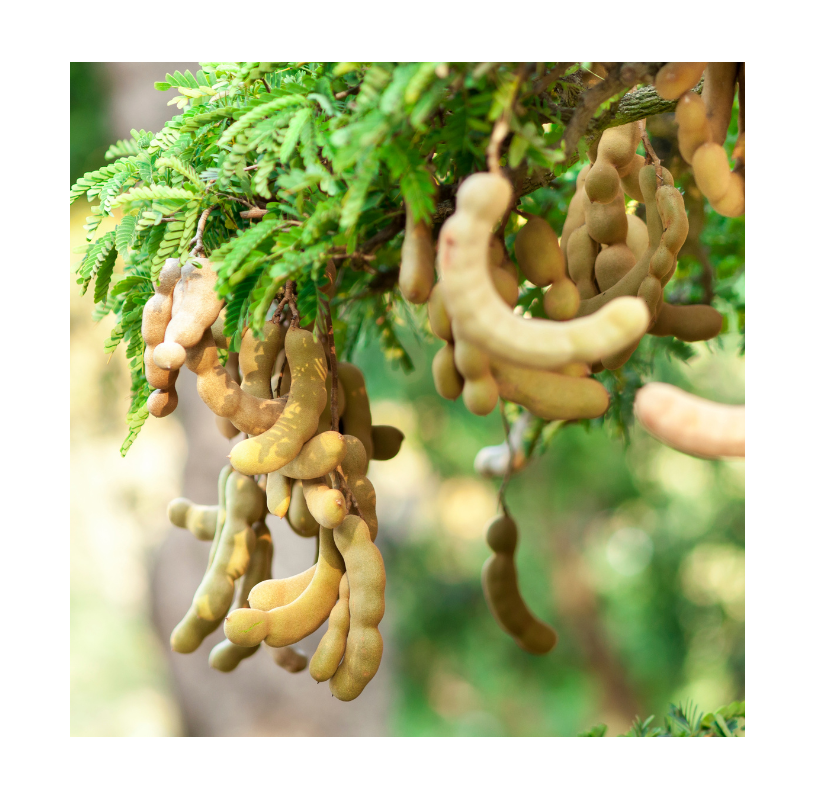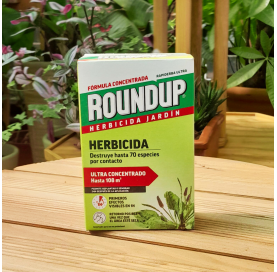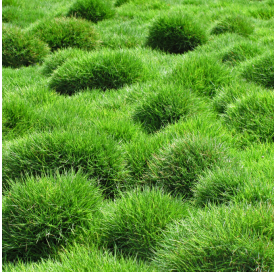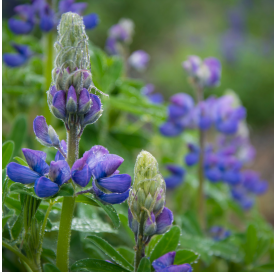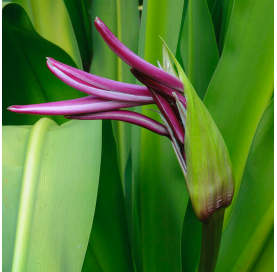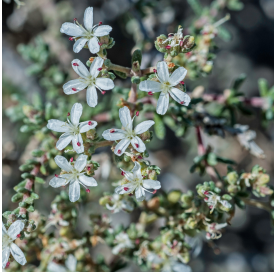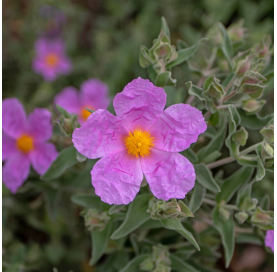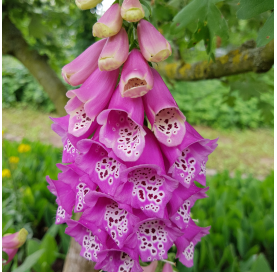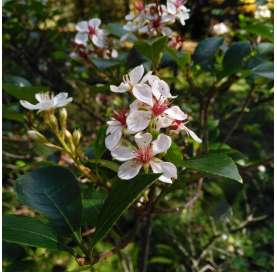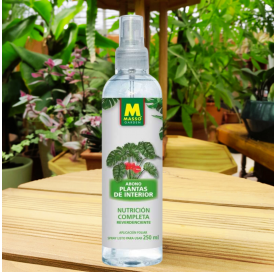Tamarindus indica - Tamarind
Tamarind (Tamarindus indica) is a tropical tree native to Africa, growing up to 25 meters tall. It produces yellow flowers with red streaks and its fruit is widely used in cooking for its tangy pulp. Drought-resistant and low-maintenance, it's ideal for warm climates. Tamarind is used in cuisine, traditional medicine, and as an ornamental tree.

Encrypted payments for greater security


Shipping only to mainland Spain and mainland Portugal
Description
Tamarind (Tamarindus indica) is a tropical evergreen tree that can grow up to 25 meters tall. It has a thick trunk and a broad, dense canopy with spreading branches that provide substantial shade. The leaves are small, bright green, and composed of numerous leaflets. The flowers are yellow with red or orange veins and grow in clusters. The fruit is a brown pod containing tangy pulp and seeds.
Origin
Tamarind is native to tropical Africa, particularly Sudan and surrounding regions. Over time, it was introduced to Asia, Latin America, and other tropical regions, where it has become highly valued both for its culinary and ornamental uses.
History
Tamarind has been used for centuries in various cultures. It was introduced to India over 1,000 years ago and its fruit has been essential in cooking and traditional medicine. In Latin America and the Caribbean, tamarind is cultivated and used in refreshing drinks and sauces. Its spread throughout the tropical world has made it a well-known tree due to its many applications.
Curiosity
One interesting fact about tamarind is that its pulp, due to its sweet and tangy flavor, is used in both sweet and savory dishes. In some countries, it is a key ingredient in making sweets and beverages, while in others, it serves as a base for sauces and condiments.
Care
Tamarind is a low-maintenance and very hardy tree. It prefers warm, tropical climates and adapts well to sandy or clay soils as long as they are well-drained. It grows best in full sunlight, but it can also tolerate some shade.
Watering
During its early growth stages, tamarind requires regular watering to ensure proper development. However, once established, it becomes quite drought-resistant and can survive with occasional watering. It's important to avoid overwatering, as this could cause root problems.
Pruning
Pruning is not strictly necessary for tamarind, but it is recommended to shape the tree and remove dead or damaged branches. The best time for pruning is during the dry season or just before the growing season, which allows the tree to maintain a balanced and healthy structure.
Tamarind is a versatile tree that provides shade, fruit, and beauty to tropical landscapes.
Data sheet
- Name
- Tamarindus indica - Tamarind
- Origen
- Tamarind is native to tropical Africa, particularly from Sudan and nearby regions, although its cultivation has spread to various tropical and subtropical regions worldwide, including India, South America, Mexico, and the Caribbean.
- Height
- Tamarind trees can grow to a height of 12 to 18 meters (40 to 60 feet), though in optimal conditions, they can reach up to 25 meters (80 feet).
- Colour
- The tamarind produces small flowers that are pale yellow with red or orange streaks, giving it an attractive appearance during flowering.
12 other products in the same category:
-
Roundup 250 ml Herbicida ECO€17.00
-
Zoysia tenusima€3.50
-
Blue border border 27*22cm€21.00
-
Blue glazed pot 20cm€8.00
-
-
Crinun purple€14.00
-
Frankenia€8.20
-
Cistus corbariensis€8.80
-
Digitalis - foxglove€6.75
-
Rhaphiolepis umbellata ovata€21.90
-
-
Foliar fertilizer for...€6.90

 English
English Spanish
Spanish